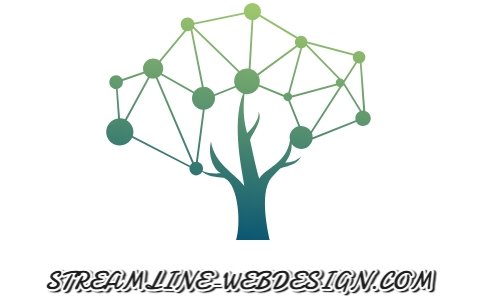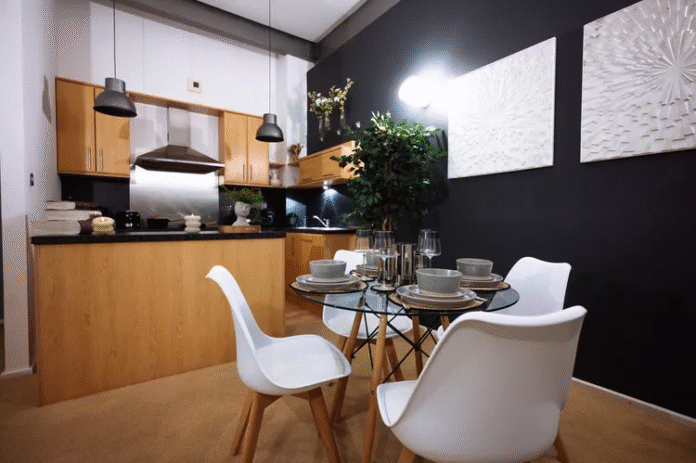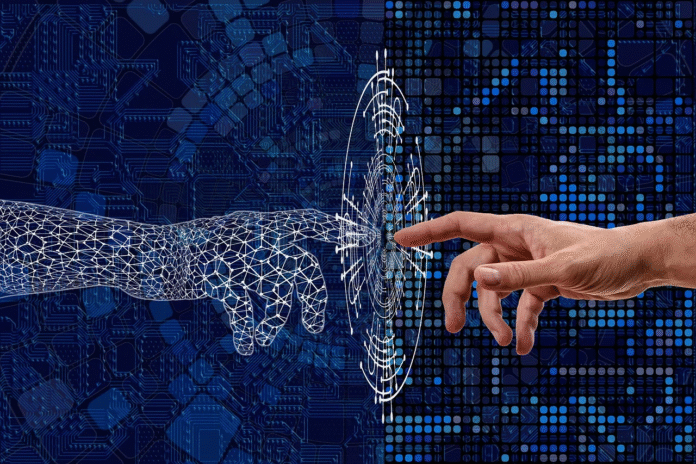
As the year winds down, the holiday season brings with it a blend of cheer and creativity in the design world. But amidst the festive decorations, it’s easy for designs to become overly saturated with typical holiday motifs. This December, the spotlight is on design trends that strike a perfect balance between seasonal flair and innovative style. From subtle nods to holiday themes to bold color choices, these trends bring something fresh to the table without overwhelming the viewer. Let’s explore the three most essential design trends to keep an eye on this month.
1. Holiday Skins and Themes with a Twist
While holiday-themed designs are a tradition at this time of year, this December’s designs take a more restrained and modern approach. Gone are the days of overdone red and green palettes. Today, brands are opting for more sophisticated color schemes that still capture the festive spirit, but with a less obvious nod to the holidays.
Take Designmodo, for instance. Their Black Friday landing page features experimental typography, a glitch effect, and a dark mode theme. It’s sleek, bold, and evokes the season without the typical Christmas imagery. The dark mode aesthetic paired with clear call-to-action elements enhances the user experience while avoiding the usual holiday overload.
Nike’s holiday design showcases a subtle touch of elegance with gold accents. A gold border, text, and icons evoke a sense of exclusivity and specialness without feeling too “Christmassy.” This approach retains Nike’s iconic brand identity while giving it a festive upgrade. It’s a beautiful example of maintaining consistency while adjusting for seasonal events.
Finally, Oiselle, a running brand, takes a fresh spin on holiday design by incorporating language like “Black Friday,” “Joy,” and “Holiday” in an unconventional color palette. Their design remains fresh and intriguing, using subtle winter themes to enhance the experience without screaming “holiday” in your face. This allows them to stand out in a crowded market while still celebrating the season in a modern way.
2. Neon Green Accents
While neon colors are not exactly new, their use is evolving. This month, neon green is making its mark in design, offering a refreshing alternative to the usual neon pinks and yellows. The challenge with neon tones lies in ensuring readability while maintaining visual appeal. The right balance is key to using neon effectively without overwhelming the viewer or making the design feel too chaotic.
Gen Brand uses neon green accents sparingly, highlighting key action points against a stark black-and-white background. These green elements pop, drawing users’ attention directly to call-to-action buttons and navigation prompts. The high contrast ensures that the design is not only eye-catching but also functional.
In a different setting, Francesco Michelini incorporates neon green in a brutalist design style. Here, the neon serves as a bold visual cue, primarily for aesthetics rather than readability. This example showcases how neon can be used in a more abstract, artistic manner—an excellent fit for a style that’s all about making a strong statement.
On the other hand, Retool uses neon green against a dark background with white text and navy accents. This configuration creates an easy-to-follow visual hierarchy that guides the user from branding to calls-to-action to headlines. The neon green serves as a subtle but powerful directional tool in the design, proving that when used correctly, neon can be both stylish and functional.
3. Sidebar Elements: A New Approach to Layouts
Sidebars are no longer just functional elements—they’re becoming a design feature in their own right. What once was an area for additional navigation links or advertisements is now used creatively to enhance the overall layout and user experience. The sidebar trend has evolved from traditional layouts into more visually engaging elements that help organize content while providing design depth.
One great example of this is Halo Lab, where their homepage features two distinct blocks of content. The smaller block has a sidebar-like design element that adds a visual dimension without distracting from the main content. This type of sidebar layout works well across desktop and mobile screens, with mobile versions typically collapsing or adapting in size for a better viewing experience.
Darina takes a bolder approach by using the sidebar as a central design element. The sidebar becomes the focal point of the layout, with branding and navigation elements highlighted in an eye-catching color. On desktop screens, this design offers an alternative to the typical dropdown or pop-out menus, and on mobile, the sidebar can collapse for ease of use. The contrast between the sidebar and the primary content area creates a dynamic visual hierarchy, ensuring the most important elements grab attention first.
Another notable example comes from Nuno Pereira Sousa, where a vibrant orange sidebar is used purely for visual impact. It adds depth to the design by helping separate text and images while contributing a pop of color that doesn’t overwhelm the overall aesthetic. On mobile devices, the sidebar collapses away, ensuring that users still have an intuitive and accessible experience no matter what screen size they’re using.
Conclusion: Design with Subtlety, Innovation, and Flexibility
As we approach the new year, these three design trends show how the boundaries between seasonal and everyday design are becoming more fluid. With holiday skins that use subtle color palettes, neon accents that enhance functionality, and sidebar elements that transform layouts, December’s trends reflect the evolving landscape of modern design.
These elements also allow for lasting impact beyond the holiday season. A sleek, neon-green accent or a minimalist sidebar layout doesn’t have to be confined to one time of year. By staying flexible with design choices, these trends can carry over into the future, helping brands stay fresh and relevant well into the new year.
So, whether you’re designing a website for a holiday sale or looking to refresh your digital identity for the coming year, these trends offer valuable inspiration. They prove that creativity and innovation don’t have to be overwhelming—sometimes, subtle changes can make the most striking impact.










